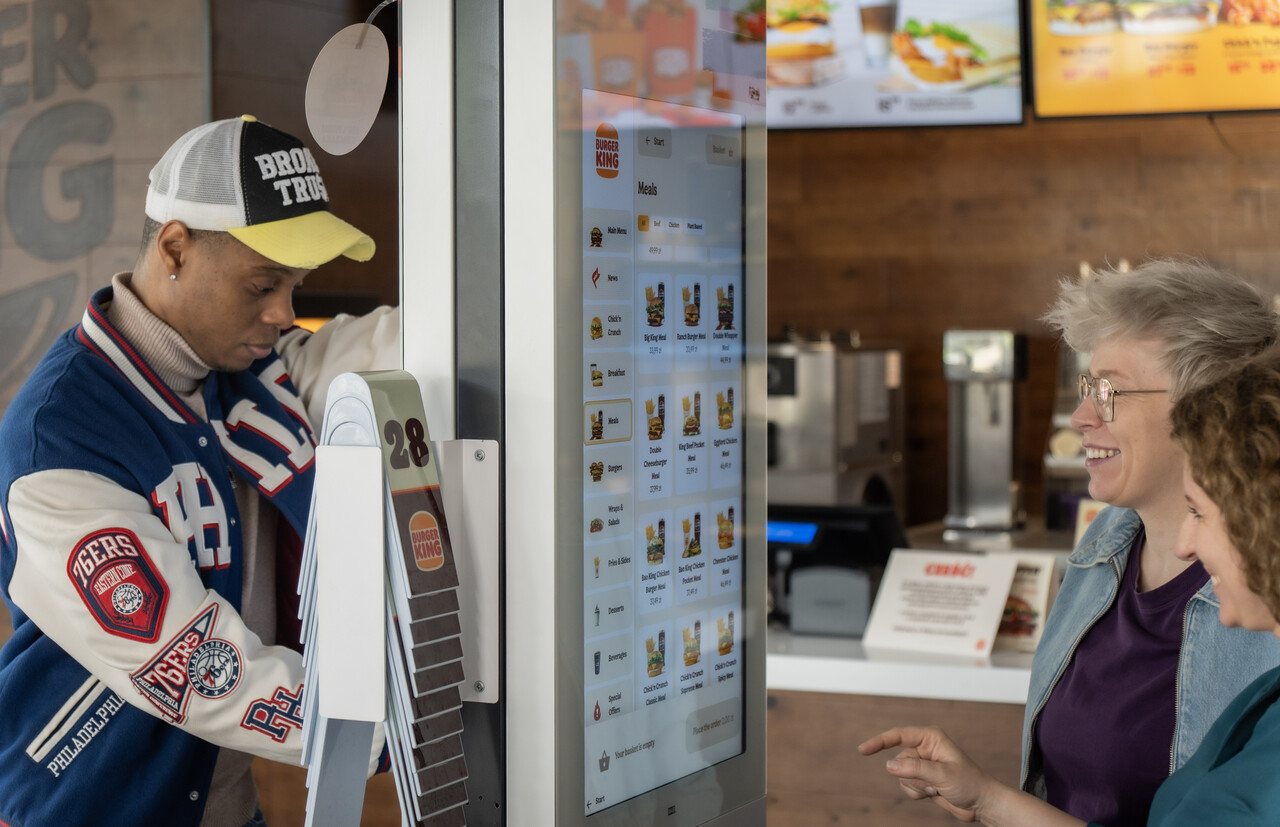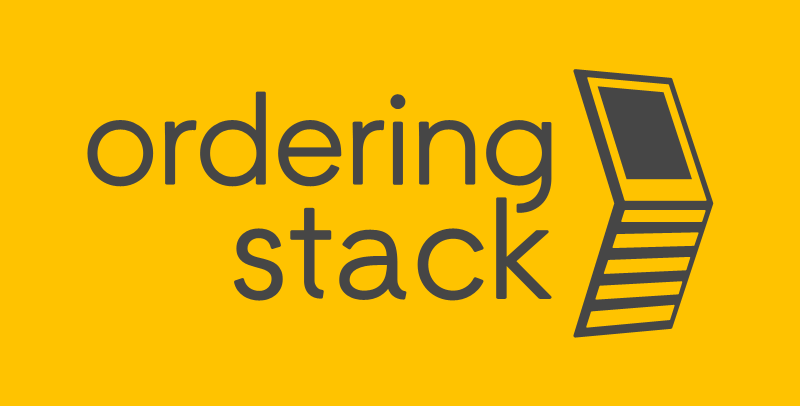The Top 5 Restaurant Industry Trends: How New Technology is Reshaping HoReCa
When discussing restaurant industry trends, many still think of new technology in restaurants as simply better ovens, energy-saving dishwashers, or premium coffee machines. But that’s only the beginning. The current restaurant industry trends are driven by labor efficiency and the consumer demand for digital convenience. As a result, new technology in restaurants is transforming operations into a far more digital, automated, and omnichannel ecosystem than ever before.
In this article, you will learn:
- What are the most impactful restaurant industry trends that have permanently reshaped the HoReCa sector since the crisis.
- The specific new technology in restaurants (KDS, Kiosks, Mobile Ordering) that drives the current automation trend.
- How the rising cost of labor and high staff turnover drives the need for digital adoption.
- The importance of data ownership and analytics in understanding modern customer behavior.
- Key strategies for integrating new technology in restaurants to align your business with current industry demands.
Trend 1: The Permanent Labor Shift and Automation
The restaurant industry is undergoing a profound labor shift as rising labor costs restaurant and persistent staffing shortages make it increasingly difficult for operators to maintain long-term employee retention. This pressure is accelerating self-service adoption trends, as restaurants search for ways to keep service levels high with smaller teams.
In this context, automation solutions for HoReCa are no longer optional—they are essential. Self-service kiosks automate order taking, reduce dependency on front-of-house staff, and maintain consistent upselling performance. In the kitchen, KDS systems streamline communication, eliminate paper tickets, and ensure that workflow remains efficient even when staffing is tight.
These advancements reflect the broader future of foodservice technology, where digital efficiency replaces manual processes and operational stability becomes a direct outcome of smart automation. As restaurant technology investment grows, operators gain tools that not only solve labor challenges but also create a more scalable, predictable, and modern restaurant environment.
Trend 2: Digital Ordering as the Dominant Channel
The rapid rise of self-service adoption trends—from mobile apps and QR-code ordering to in-store kiosks—has reshaped how guests interact with restaurants. What started as an optional convenience has become a central pillar of the broader HoReCa digital transformation, positioning digital ordering as the primary customer touchpoint.
Today’s consumers expect fast, intuitive, and fully digital interactions at every stage of their dining journey. Whether browsing a mobile menu, placing a kiosk order, or scanning a QR code at the table, they anticipate the same seamless, personalized experience. Digital ordering is no longer an alternative; it has become the dominant channel through which modern customers prefer to engage with foodservice brands.
As digital adoption accelerates, the POS integration importance becomes clear. Unified systems ensure accurate order flow, real-time menu synchronization, and consistent data across all channels. Restaurants that successfully optimize their digital ordering ecosystem benefit from higher order accuracy, increased average check values, and more efficient staff allocation.

Trend 3: Data Ownership and Personalization
As digital channels become the primary point of interaction, the most powerful restaurant industry trends are those that leverage data to deepen customer relationships and drive repeat business. In an increasingly competitive market, personalization is no longer a premium strategy—it has become essential and a defining element of the broader HoReCa digital transformation.
For years, many restaurants have relied heavily on aggregators and delivery platforms to reach customers. While these channels offer convenience and broad visibility, they also come with a critical limitation: restaurants do not own the customer data. Without access to order history, behavioral insights, or direct communication channels, operators cannot build effective loyalty programs or align with emerging customer loyalty program trends that focus on tailored rewards and individualized engagement.
To unlock true personalization, restaurants must gradually break free from aggregator dependency and invest in systems that allow them to capture and control their own customer data. When combined with digital ordering channels, CRM integrations, and loyalty tools, this data becomes a strategic asset - fueling individualized offers, targeted marketing, and more accurate demand forecasting.
More about personalization offerings can be found in our case study: How Pasi Apka boosted customer enagment,
In this new landscape, data ownership is not just an operational advantage; it is the foundation for sustainable growth. Restaurants that prioritize personalization will build stronger guest relationships, increase repeat orders, and gain a competitive edge that third-party platforms simply cannot provide.
Trend 4: Integrated Systems (The Tech Stack)
As restaurants continue their HoReCa digital transformation, one trend becomes increasingly clear: success now depends on a unified tech stack. Operators can no longer rely on disconnected tools or systems that function in isolation. Instead, platforms like the POS, KDS, and self-service kiosks must speak the same language to support smooth, reliable, and scalable operations.
Platforms like Ordering Stack provide the solution by unifying all systems within a restaurant chain and delivering a seamless customer experience across every digital ordering channel- from self-service kiosks to mobile, web, drive-thru, and marketplaces.
The growing POS integration importance highlights how crucial seamless communication has become. When ordering, kitchen, and payment systems are fully synchronized, restaurants eliminate manual work, reduce errors, and improve service speed. Menus update in real time, orders flow directly to the kitchen without friction, and staff have complete visibility into the entire operation.
This shift reflects the broader future of foodservice technology, where interoperability - not just individual features - defines competitive advantage. Restaurants investing in unified platforms benefit from cleaner data, consistent customer experiences, and more efficient workflows. As restaurant technology investment grows, integrated systems will move from being a competitive advantage to a fundamental requirement for modern operations.
Trend 5: Speed and Efficiency in the Back-of-House
As digital ordering accelerates, the back-of-house has become a critical performance driver. Speed is now a key differentiator, shaping customer satisfaction and operational efficiency.
This shift is especially visible in cloud kitchen business models, where high throughput and precise workflow coordination are essential for profitability. At the same time, evolving digital menu boards trends increase order volume through real-time updates and dynamic promotions, placing additional pressure on kitchen operations.
To keep up, restaurants are turning to automation solutions for HoReCa, particularly Kitchen Display Systems (KDS). A KDS streamlines routing, prep times, and station coordination, eliminating manual bottlenecks and keeping teams aligned—even during peak demand.
These advancements reflect the broader future of foodservice technology, where automation and integrated systems help operators boost throughput, reduce errors, and deliver faster, more predictable service.
More information about solutions that enable restaurants to reach customers in a smarter way can be found in our blogpost about restaurant digital signage software.
Conclusion
Successfully navigating today’s restaurant industry trends requires a strategic commitment to new technology in restaurants—solutions that streamline labor, strengthen operations, and elevate the customer journey across every channel. From automation in the back-of-house to integrated tech stacks, personalized digital experiences, and the rise of self-service, the industry’s transformation is both fast and far-reaching.
Restaurants that embrace these innovations gain the ability to operate efficiently with smaller teams, deliver more consistent service, and build stronger relationships with their customers. Those that hesitate risk falling behind in a market where speed, convenience, and digital fluency now define the guest experience.
Technology with supporting solutlions such Ordering Stack platform, is the foundation of sustainable, scalable, and modern restaurant operations.
Align your strategy with the future of foodservice technology.





